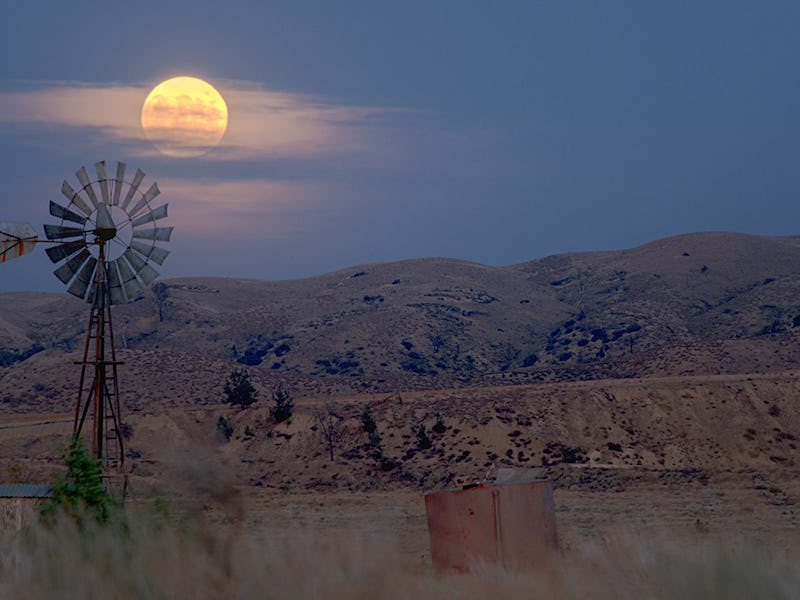December 2021 celestial events: How to see 3 planets in the evening twilight
Jupiter, Saturn and Venus will shine bright on these winter nights.

Before the year ends, sky-gazing enthusiasts will be able to marvel at three bright planets as they twinkle in the twilight next to a crescent Moon.
In December, Jupiter, Saturn, and Venus will shine bright in the evening skies as they shift more towards the west. The planets will appear briefly after sunset, as the Moon does a brief celestial tour of the three planets.
On December 6, the Moon will slowly begin to illuminate in the night sky. As our lone satellite completes its orbit around the Earth, it goes through different phases of visibility depending on how much sunlight shines on the surface of the Moon from our view on Earth.
A New Moon takes place when the Moon is wedged between Earth and the Sun, resulting in a dark landscape that is barely visible to the naked eye.
The crescent Moon is the perfect opportunity for some sky gazing.
This month’s new Moon will rise on December 4 and slowly increase in visibility. From December 6-9, the Moon will be in its waxing crescent phase with less than 50 percent visibility.
Alongside the crescent Moon, three planets will shine as bright stars in the fading evening light.
How to view Venus, Jupiter, and Saturn in December
The waxing crescent Moon will appear near Venus on the evening of December 6, Saturn on December 7, and Jupiter on December 8. The three planets will appear next to each other in the western twilight sky.
Venus is our Solar System’s neighbor and the brightest planet in Earth’s sky. The shining planet will be at its brightest on December 5 with a magnitude of -4.7.
Venus will appear at its highest above the horizon around November 28, and it will shift closer to Earth until it peaks in early December. Afterward, Venus will continue to shift towards the horizon and decrease in brightness.
Jupiter is the largest planet in the Solar System, and a great sight to view along with some of its larger moons. If you have a telescope, Jupiter and its largest four moons, Io, Europa, Ganymede and Callisto, should be visible on a clear night. The planet will appear about 37 degrees above the southern horizon, pretty close to Venus.
Jupiter and Venus are the two brightest planets, and together they are brighter than most stars in the sky.
Jupiter will start to shift towards the west by the beginning of December. Although the planet dims as it moves away from Earth, it will shift more towards the west which makes it easier to view in the evening light.
Although Saturn is the faintest planet out of the three, it can be easily spotted in December in the evening twilight. Saturn will be to the right of Jupiter at 31 degrees above the south-southwestern horizon, shinning with its distinct golden color.
In order to really appreciate Saturn’s beauty, a basic telescope will allow you to marvel at the rings that surround the planet and make it appear almost twice as large. On a good viewing night, Saturn’s largest moon Titan can also be seen through a telescope.